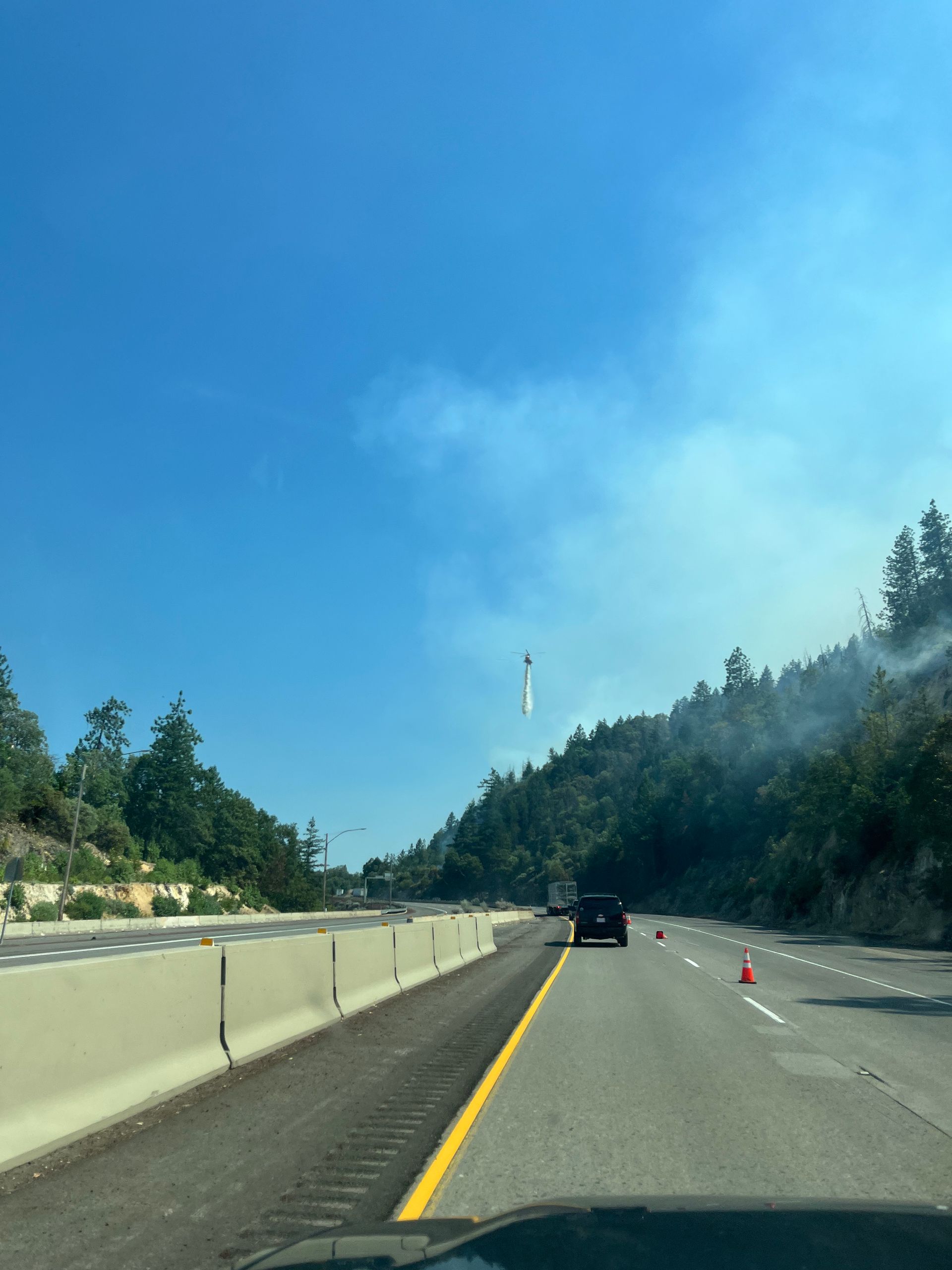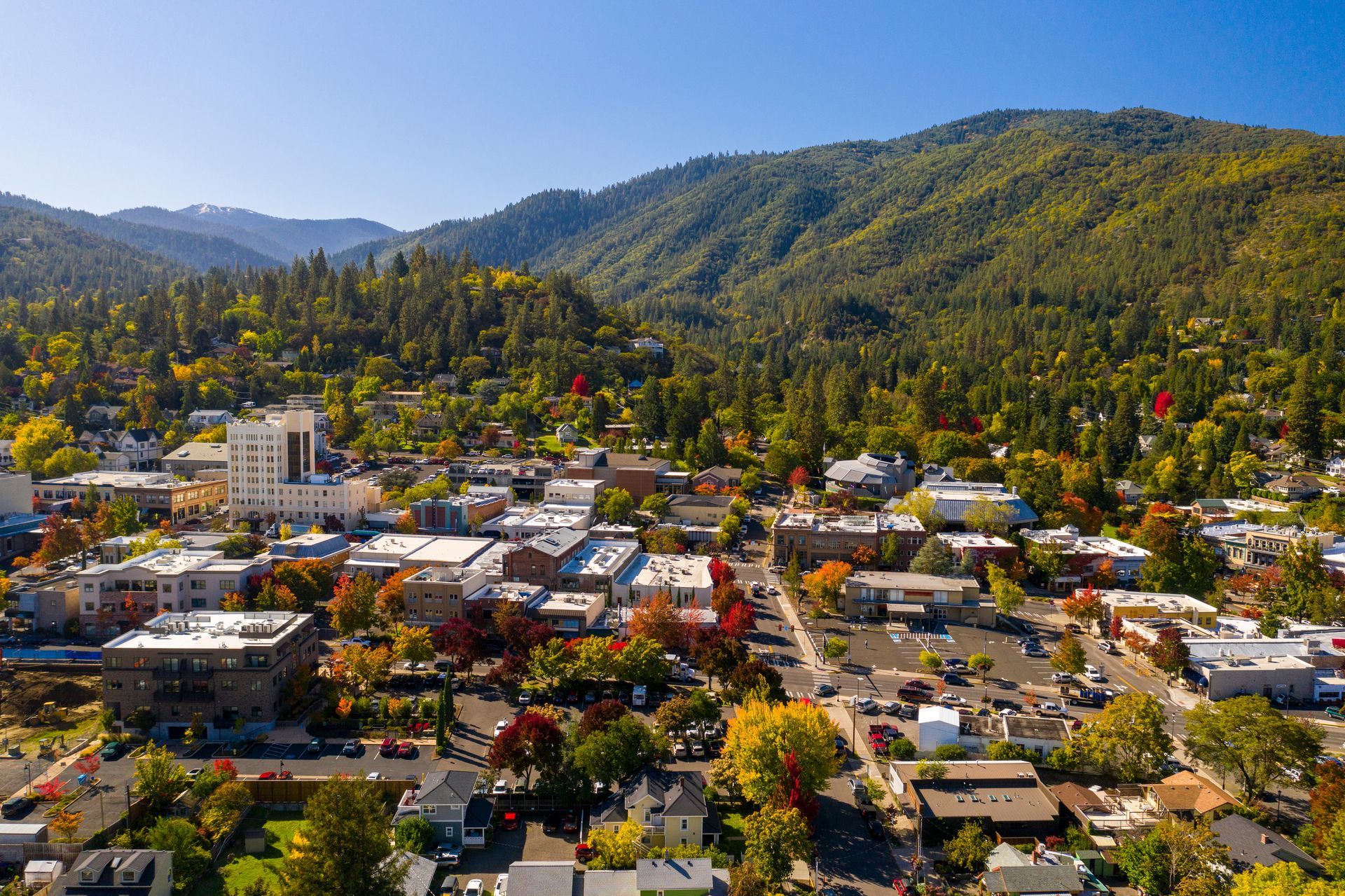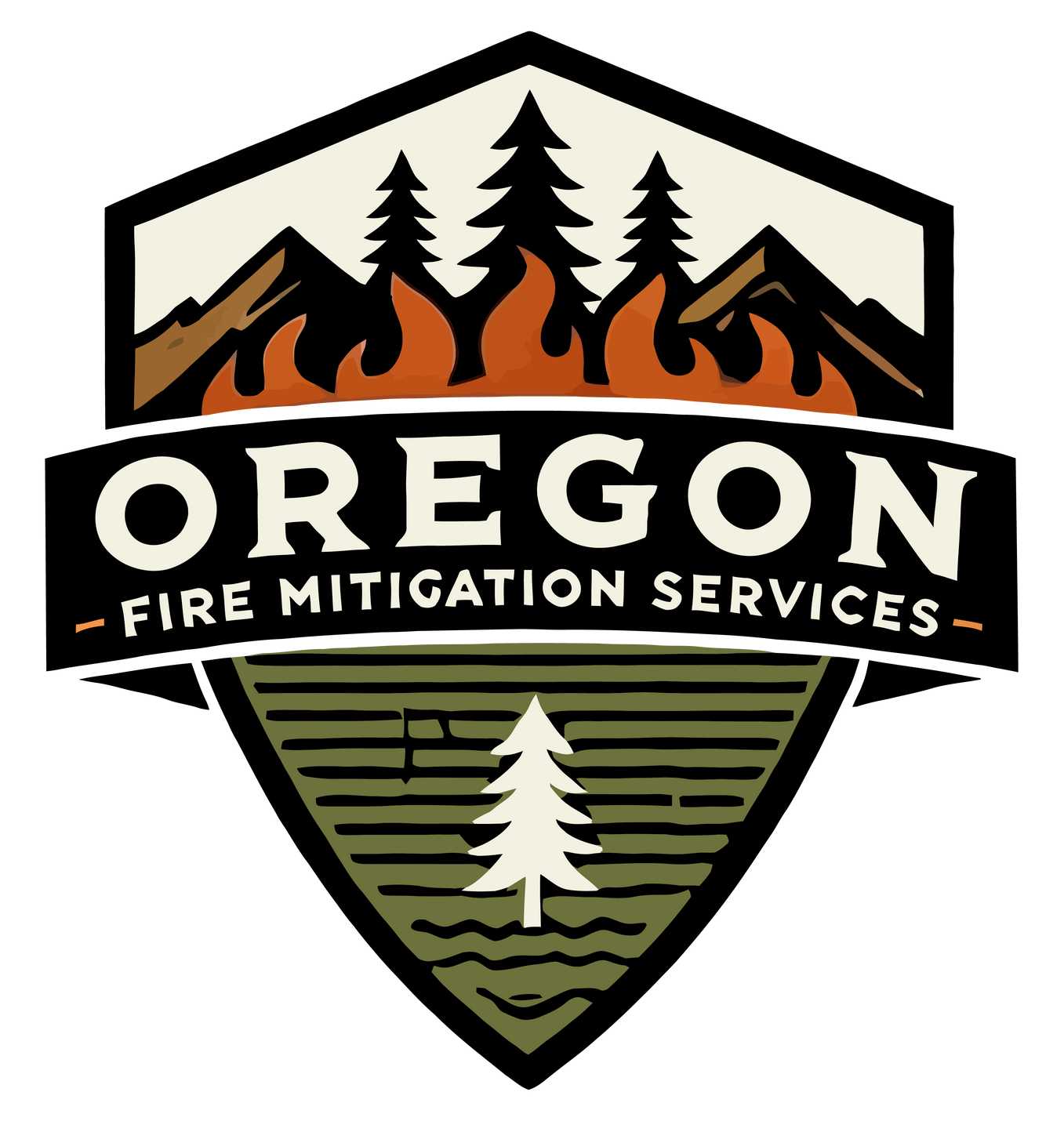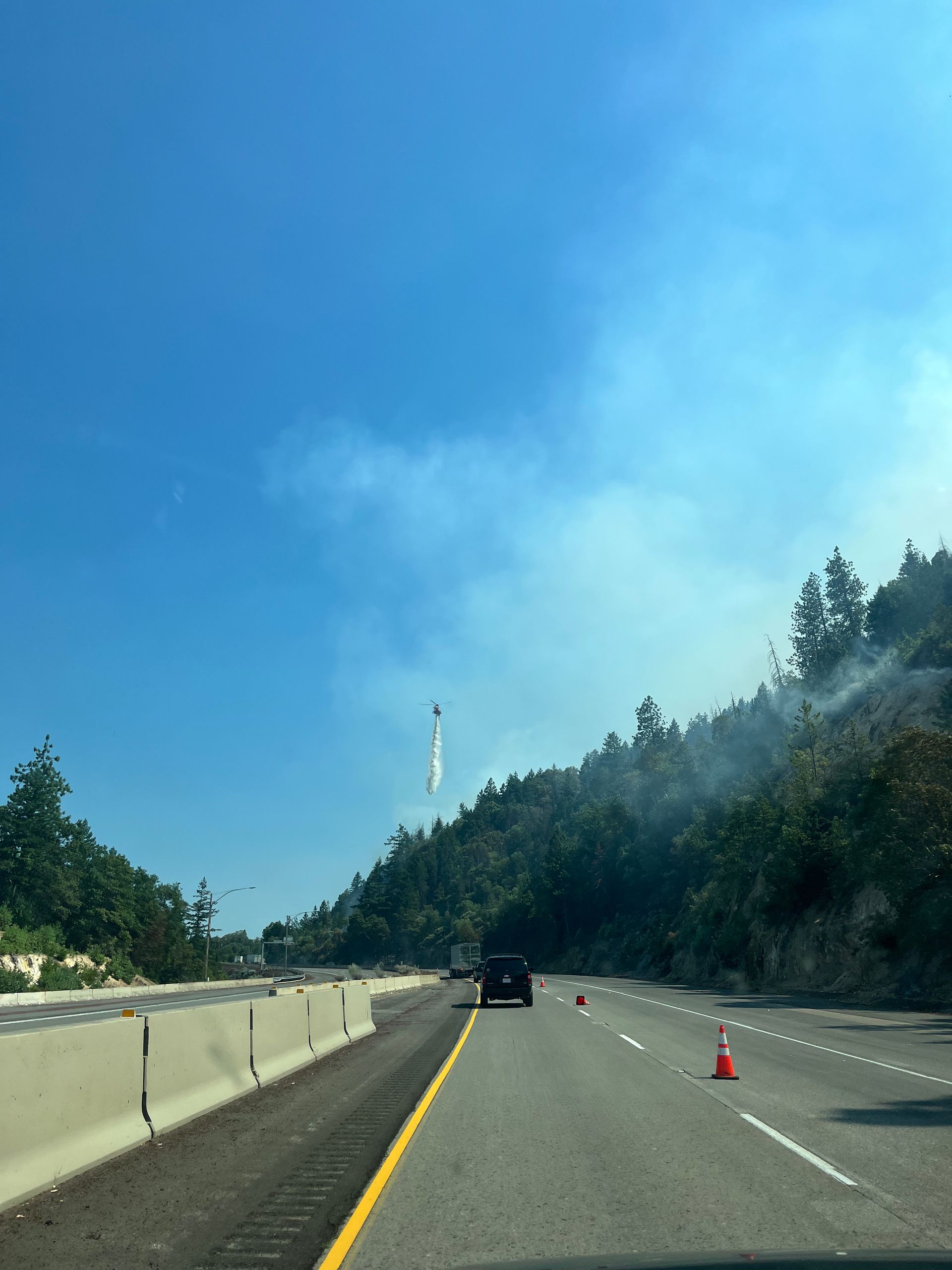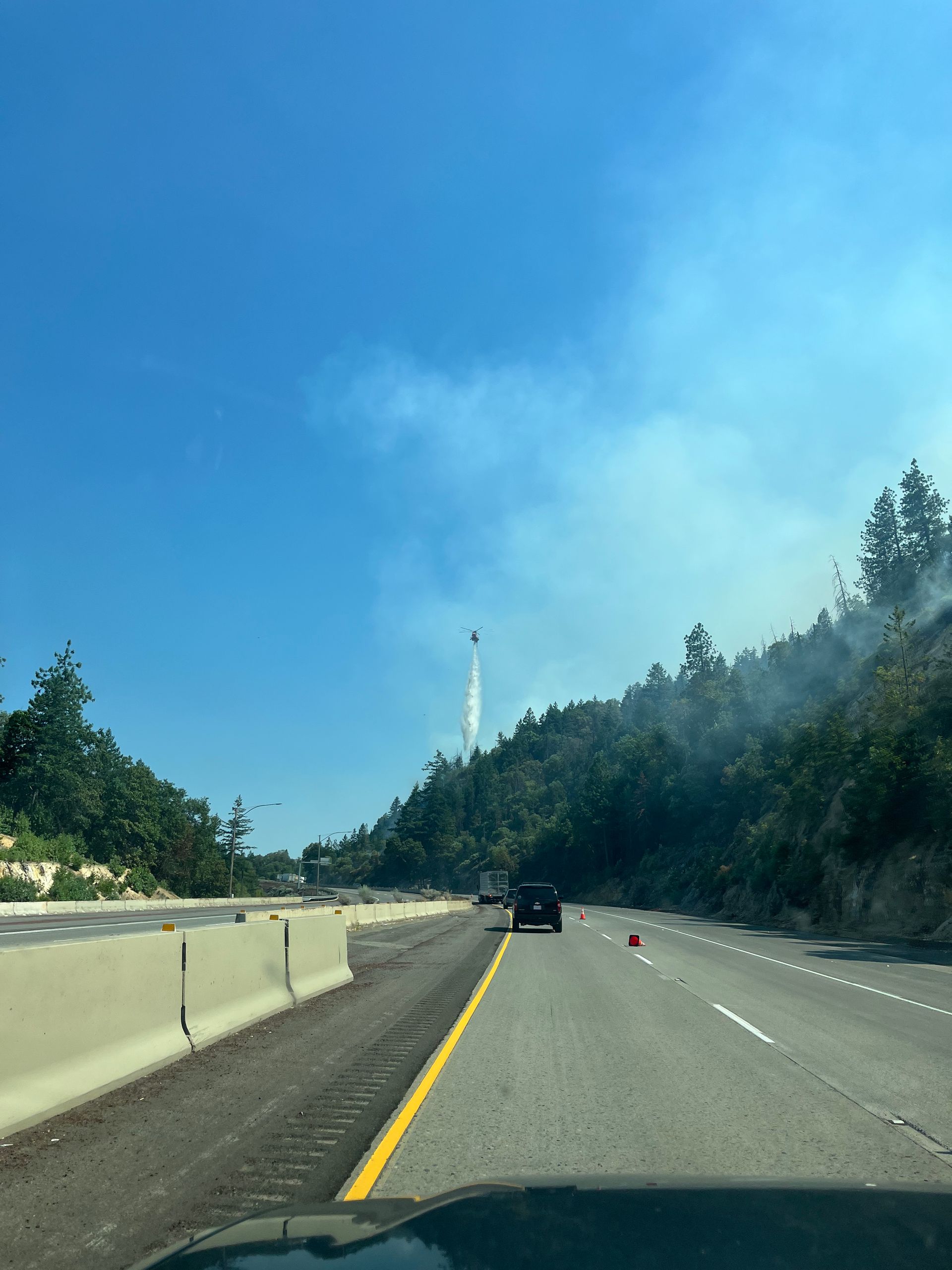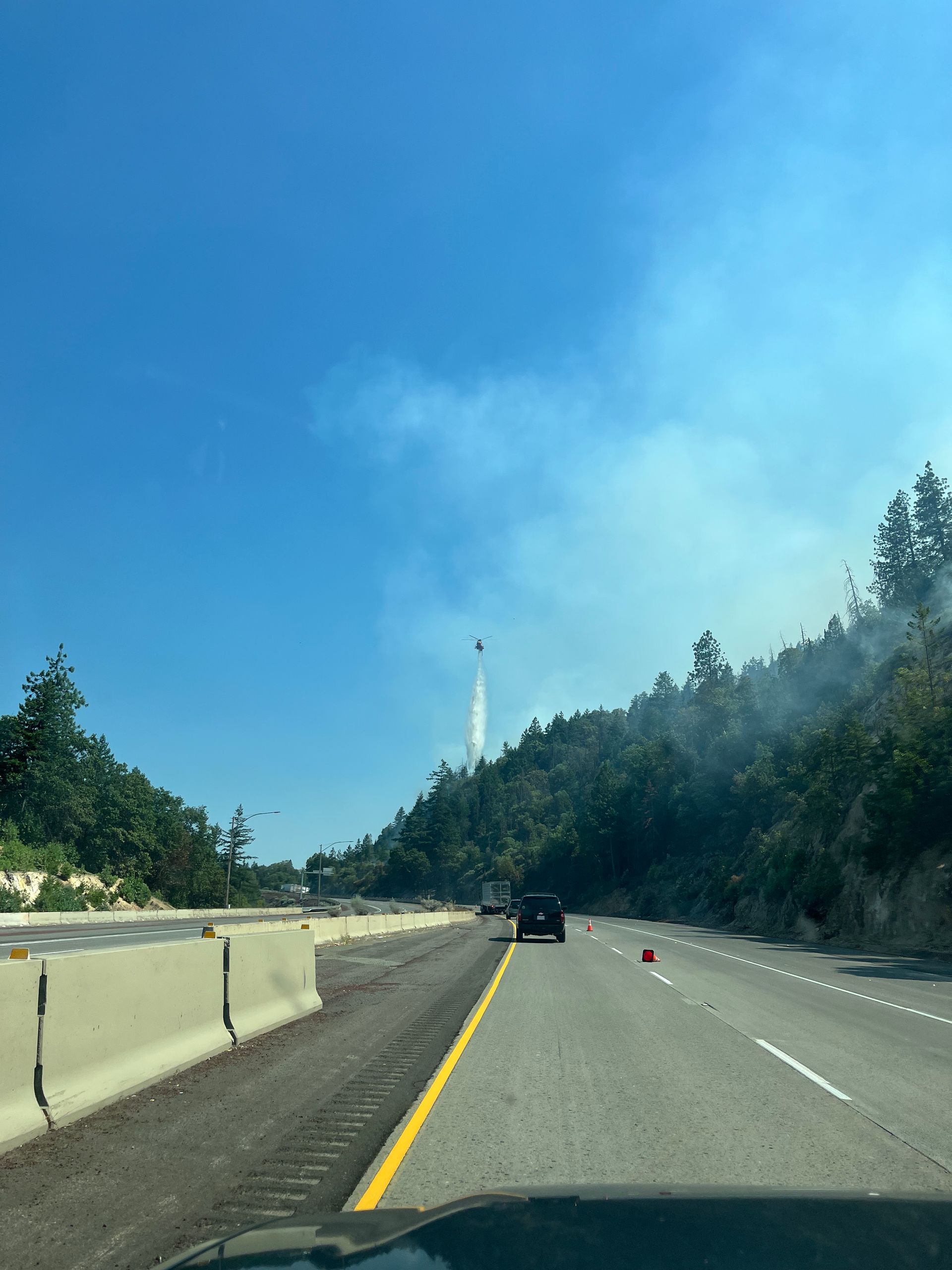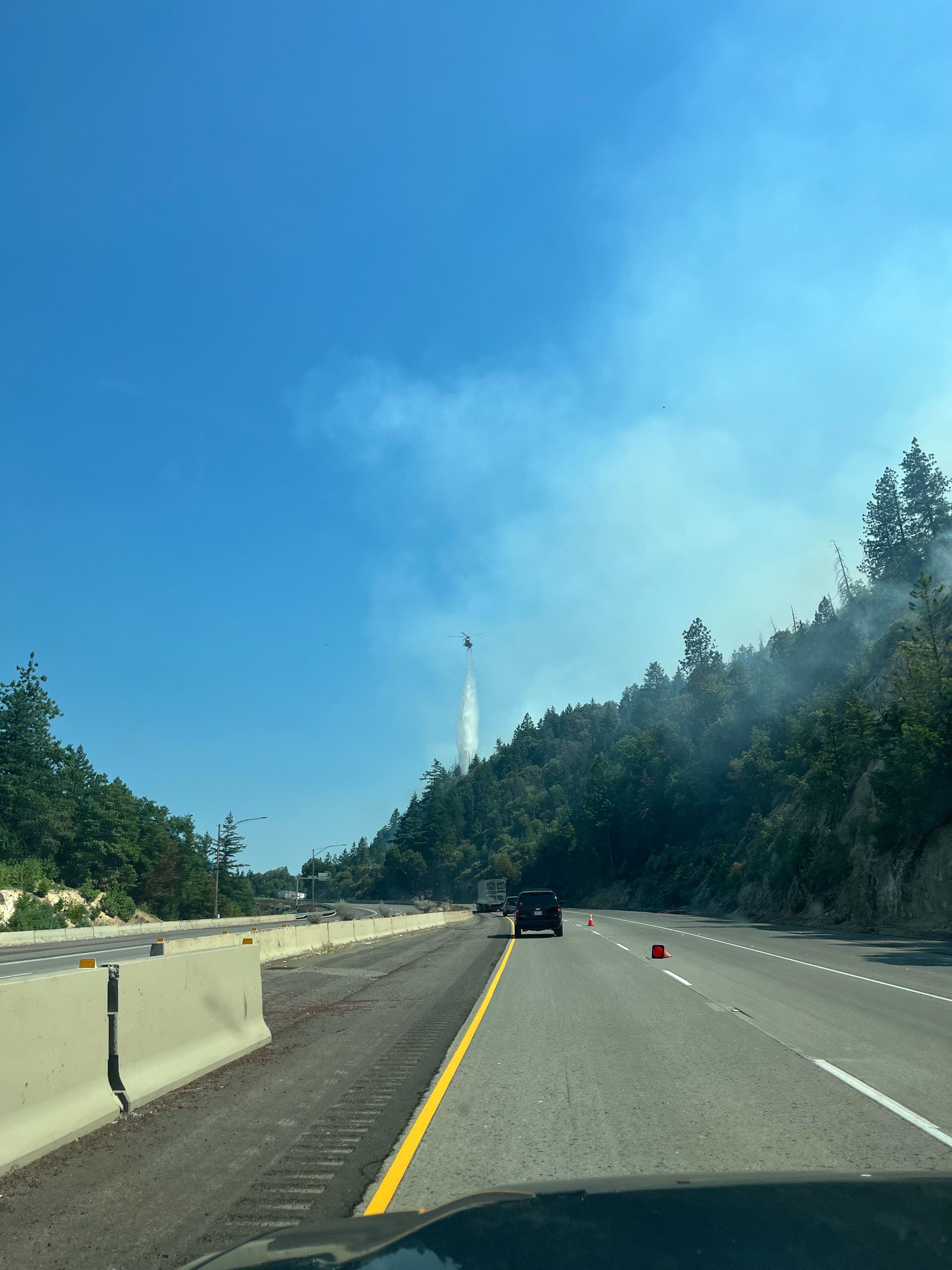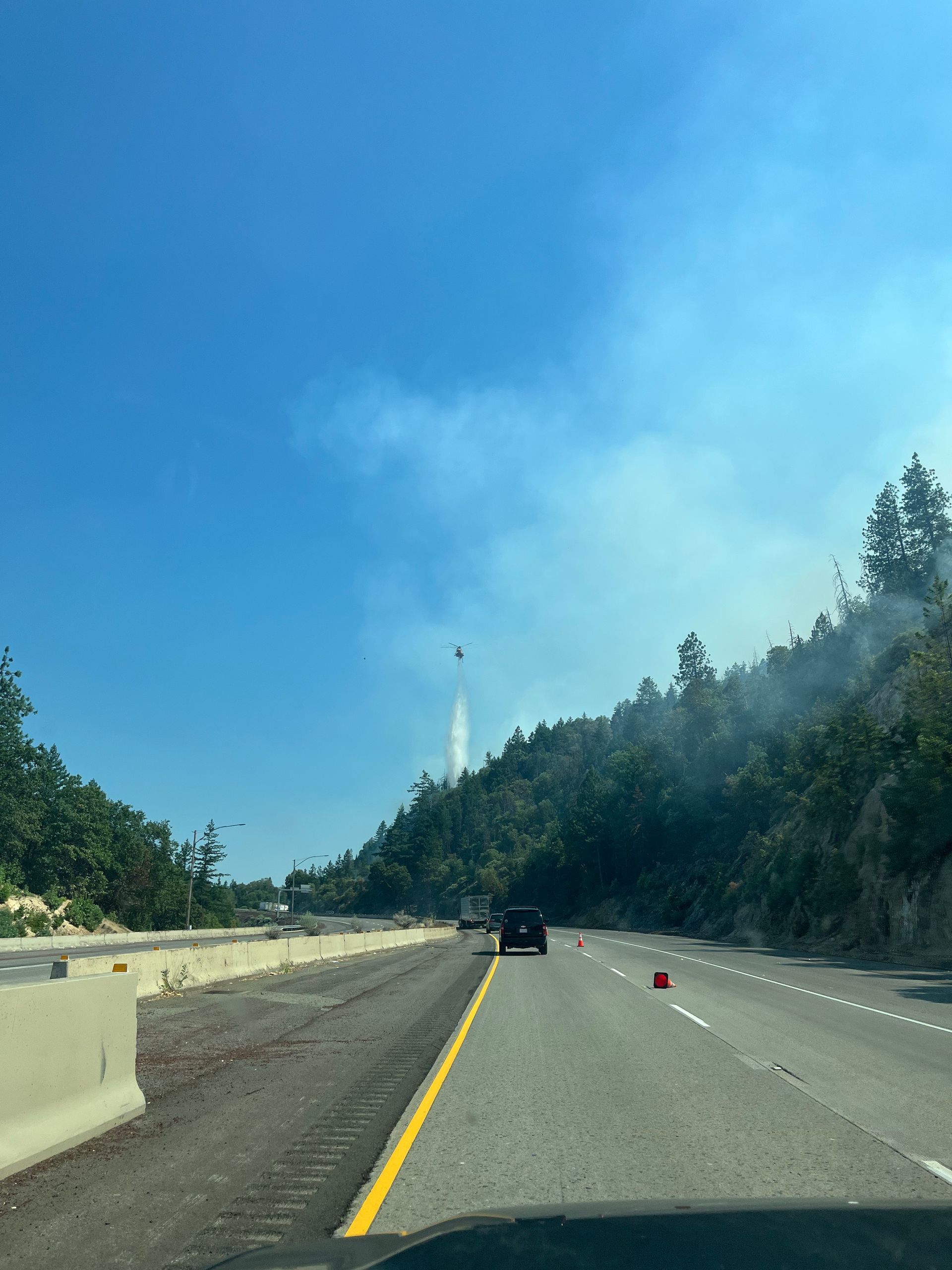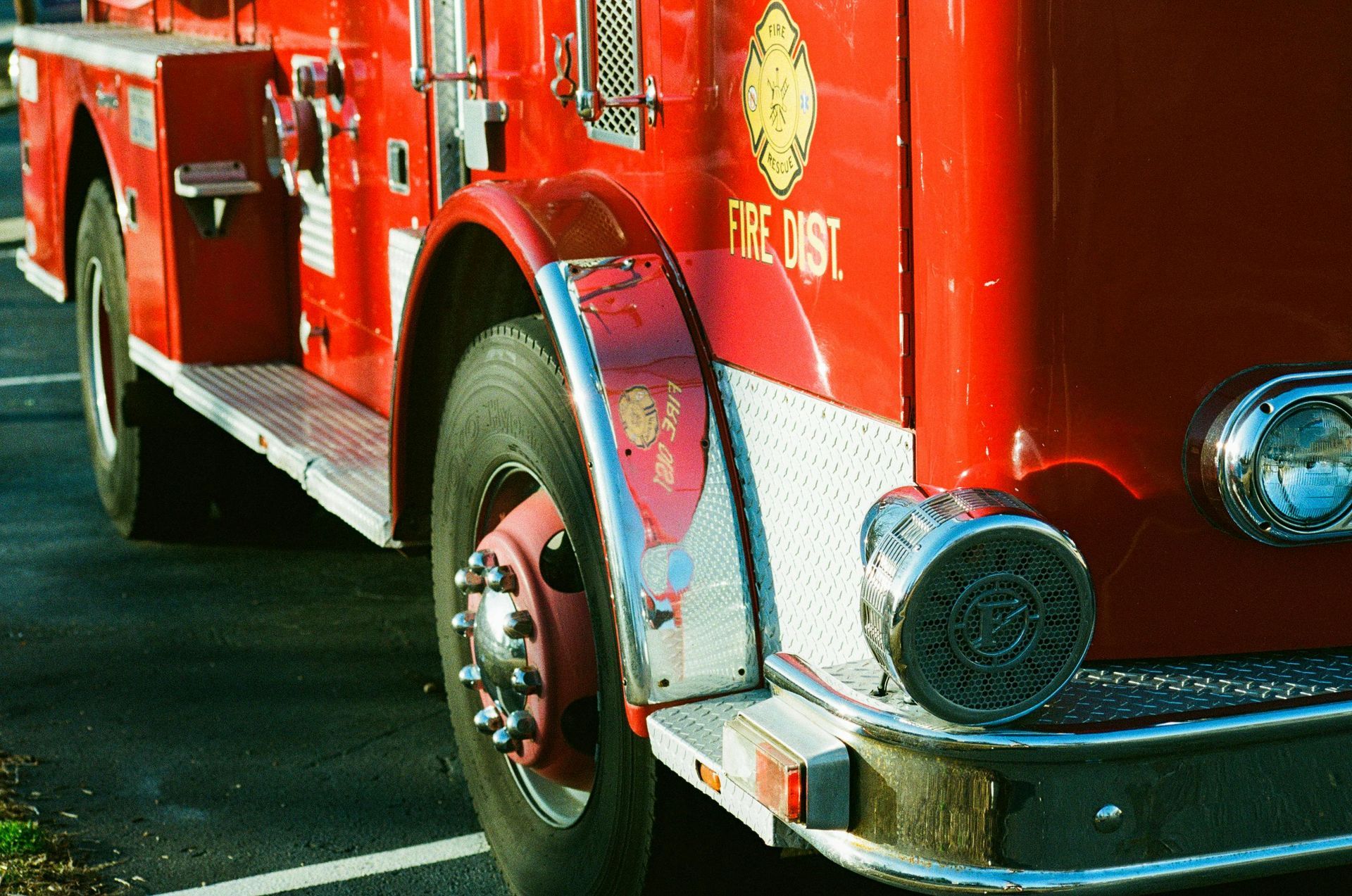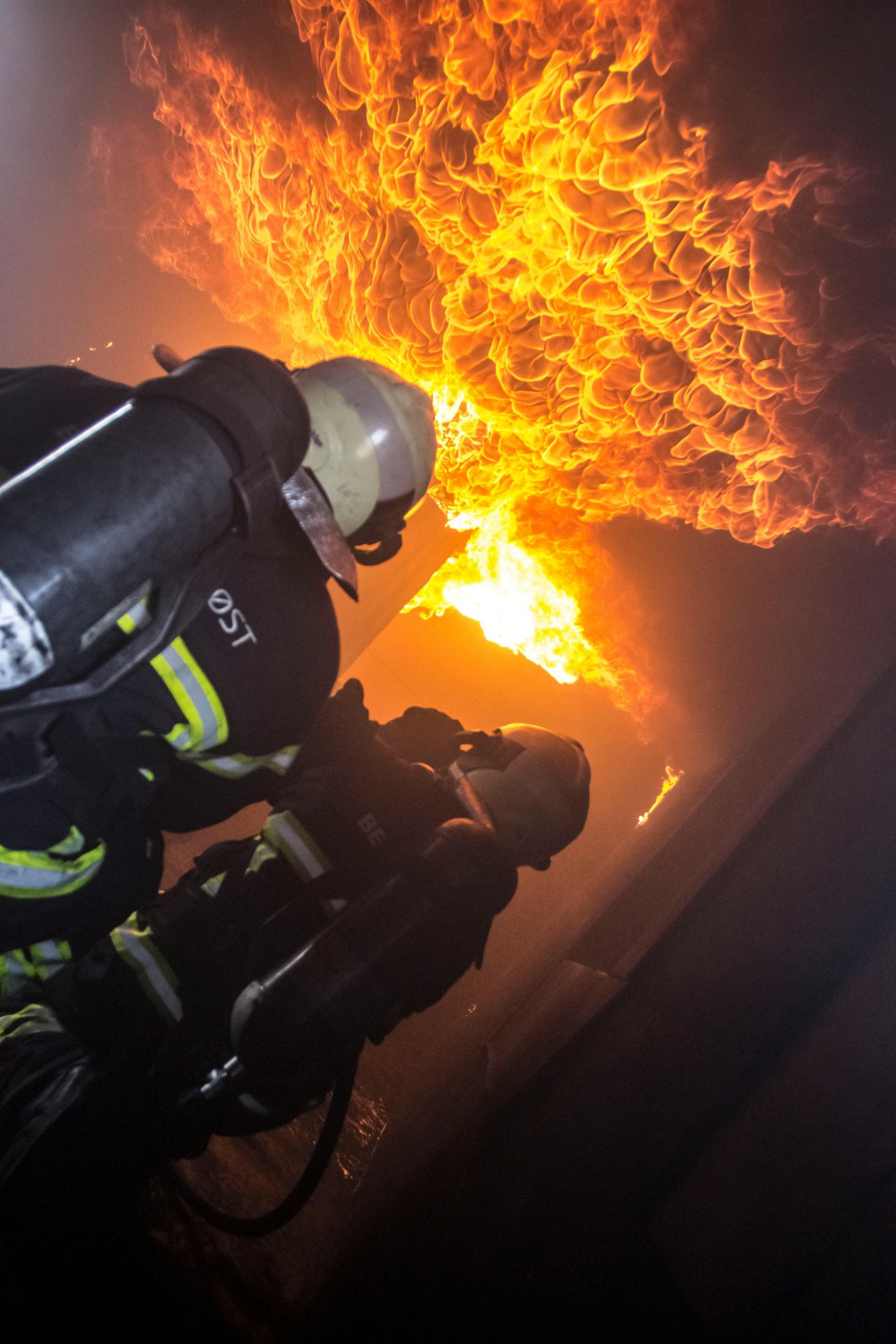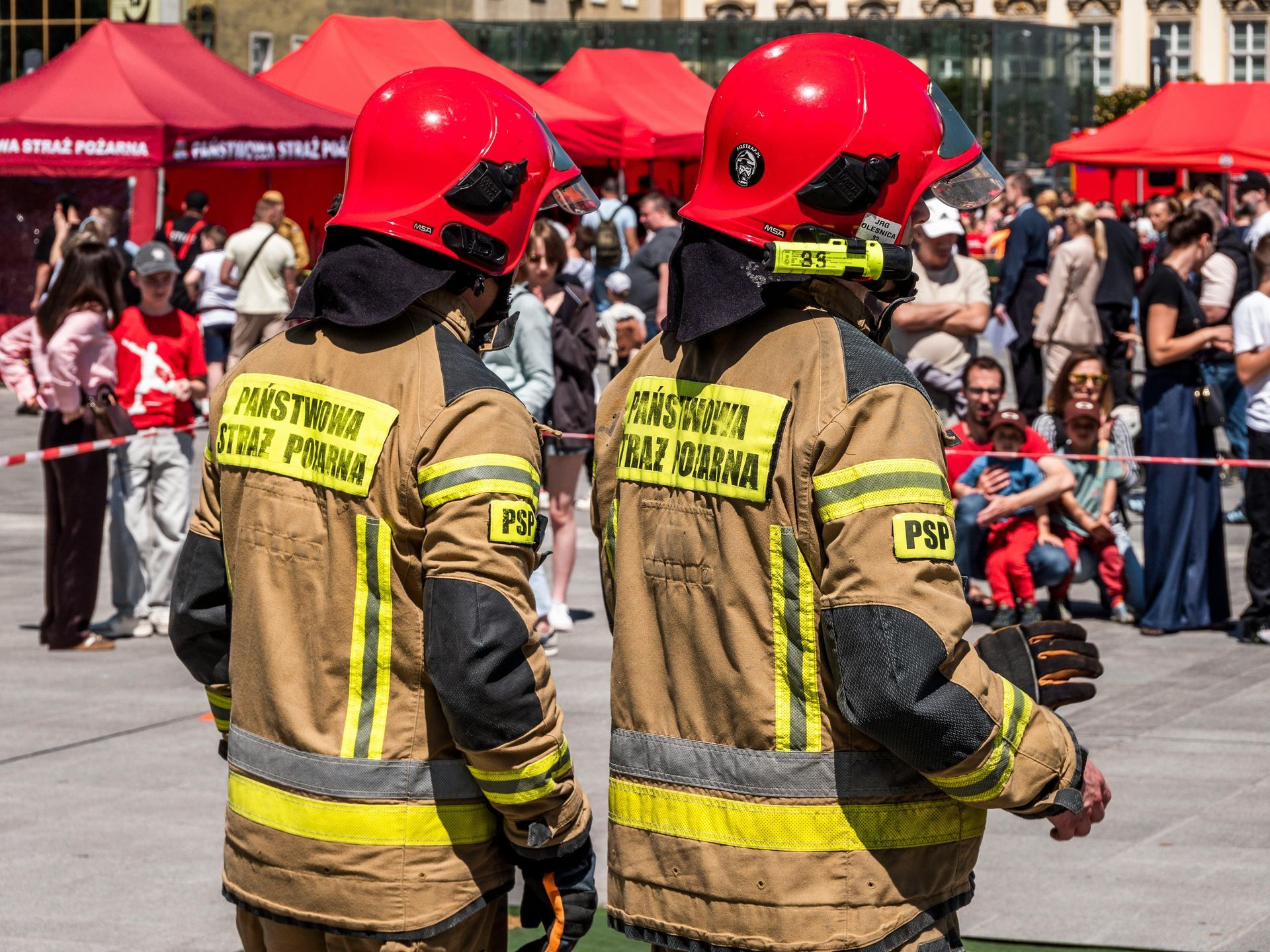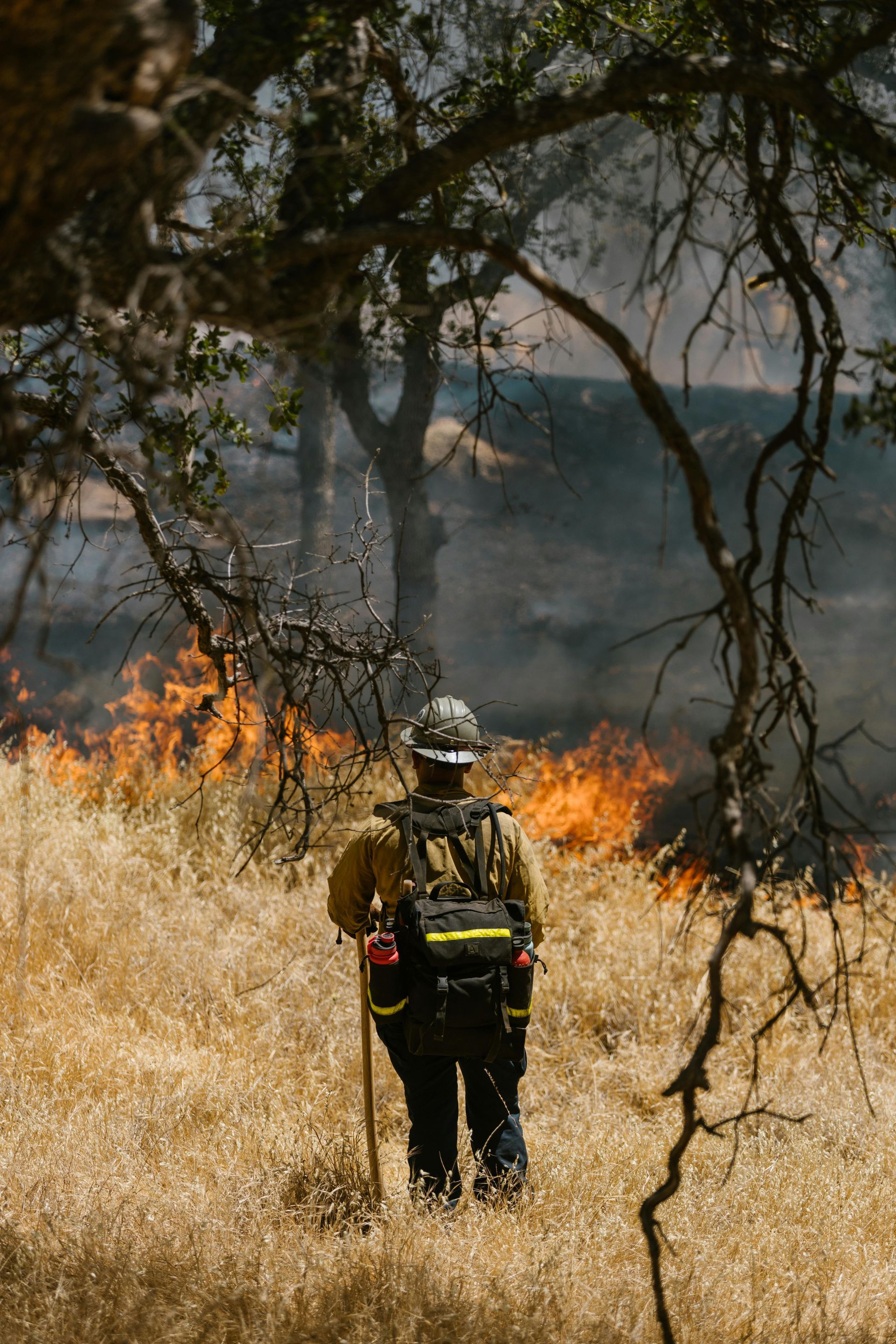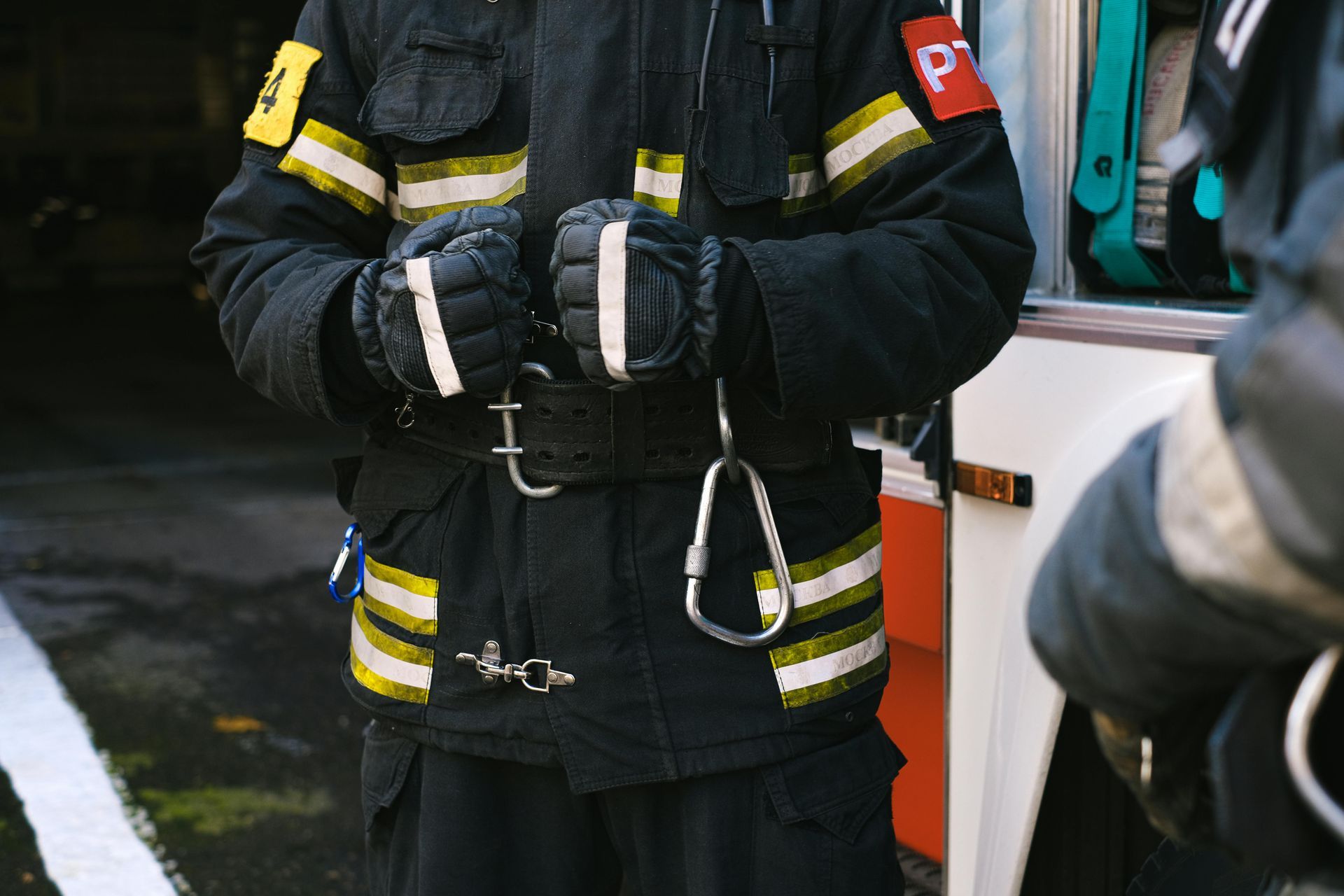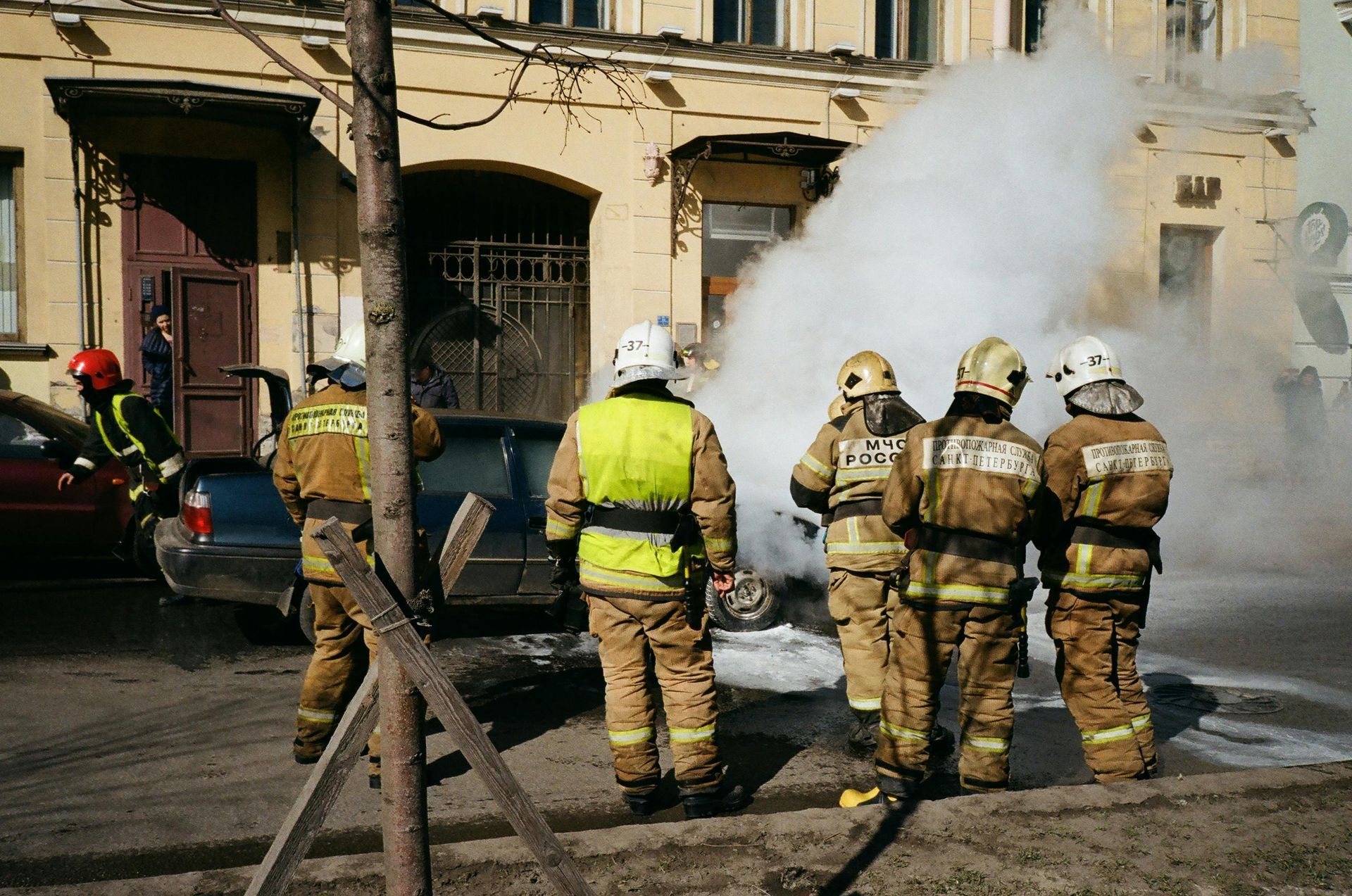By Rob Long
•
July 17, 2025
Oregon Homeowners Are Losing Sleep – And Their Insurance Coverage If you've received a non-renewal notice from your insurance company recently, you're not alone. Oregon's 2024 wildfire season burned through 1.2 million acres, and insurance companies are responding by canceling policies across wildfire-prone areas at an unprecedented rate. In communities like Roseburg, Eugene, Medford, and Ashland, homeowners are discovering that their decades-long relationships with insurance providers mean nothing when wildfire risk assessments come back unfavorable. The result? Thousands of Oregon families are scrambling to find coverage – or facing the terrifying prospect of going without. But here's what most people don't realize: this crisis was predictable, and there's a proven path forward. Why Insurance Companies Are Pulling Out of Oregon Insurance companies aren't making emotional decisions – they're following the data. When properties lack proper defensible space, have combustible materials within 5 feet of structures, or fail to meet Wildland Urban Interface (WUI) safety standards, they represent unacceptable risk. The most common violations I see during assessments include: Wood chips or vegetation within the critical 5-foot perimeter around homes Tree canopies spaced less than 10 feet apart in the 30-100 foot zone Lack of fire-resistant vents and building materials Inadequate documentation of mitigation efforts What's particularly frustrating is that 85-90% of properties fail their initial wildfire risk inspection – not because the problems are unfixable, but because homeowners simply don't know what insurance companies are looking for. The Solution: Wildfire Prepared Home Certification This is where my background in both the wildfire industry and home improvement becomes crucial. When I founded Oregon Fire Mitigation Services during a slow winter, I recognized that homeowners needed more than just tree removal – they needed a comprehensive path to insurance compliance. The Wildfire Prepared Home (WPH) designation program provides exactly that. It's an Oregon and California insurance standard that demonstrates your property meets rigorous wildfire safety requirements. But getting certified requires more than good intentions – it demands expertise in construction, vegetation management, and insurance compliance documentation. Here's what the WPH certification process involves: Base Level Requirements: Creating a 5-foot noncombustible buffer around your home and decks Removing ALL vegetation, overhanging branches, grass, wood mulch, and stored items from this zone Installing fire-resistant vents and building materials Proper spacing of trees and vegetation in extended defensible space zones Enhanced Level Protection: Cement fiber siding installation Enclosed decks and bay windows Intumescent vents for maximum ember protection Comprehensive documentation with before/after photos Why DIY Approaches Fall Short I've seen countless homeowners attempt wildfire mitigation on their own, only to discover their efforts don't meet insurance standards. The problem isn't lack of effort – it's lack of specialized knowledge. Tree services can remove vegetation, but they can't install fire-resistant siding or provide the detailed documentation insurance companies require. General contractors understand construction but may not be certified in wildfire mitigation standards. Property owners need someone who bridges both worlds. That's why I obtained NVFC certifications in Community Wildfire Mitigation and Wildland Fire Assessment Program, while maintaining all necessary contractor licenses (Oregon CCB #244369). This combination allows Oregon Fire Mitigation Services to handle everything from initial assessment through final certification and ongoing maintenance. The Oregon Fire Mitigation Services Advantage When you work with us, you're not just getting another contractor – you're getting a complete insurance compliance solution: Free Basic Assessment: We'll identify exactly what's preventing your property from meeting insurance standards, using the same WPH checklist that certification programs require. Detailed Documentation: Our $300 comprehensive assessment (credited toward any work performed) provides the photo documentation and measurements insurance companies need to restore your coverage. All-Inclusive Implementation: From tree removal and wood waste disposal to cement siding installation and fire-resistant vent systems, we handle every aspect of compliance. Ongoing Maintenance Subscriptions: Wildfire mitigation isn't a one-time fix. Our maintenance programs ensure your property stays compliant year after year. Take Action Before It's Too Late The insurance crisis isn't slowing down – it's accelerating. Properties that meet WPH standards today will have coverage options. Those that don't will face increasingly limited and expensive alternatives. If you've received a cancellation notice, don't panic. If you haven't, don't wait. The time to act is now, before wildfire season makes mitigation work more difficult and expensive.
